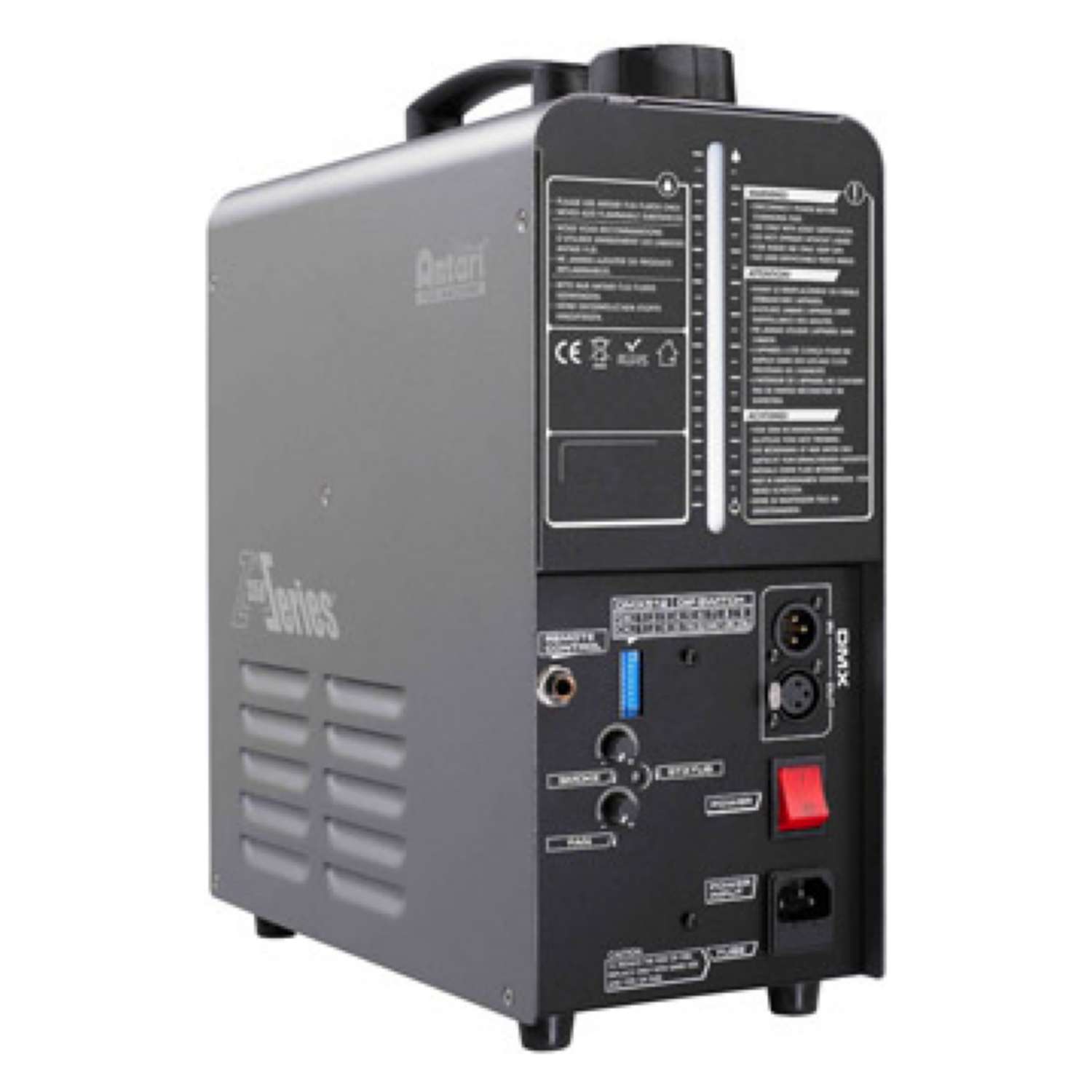
To all the others, thanks for sharing and not giving up as well!īitch - You make me laugh. You're all a bunch of Bastards - now I'm sucked in also!!!įirst a thank you to Vince for the idea of this thread and the willingness to keep trying. Well, I've just finished reading all of the posts in this thread.yes, all 70 pages. And is a there a supplier for these large low cost lenses?Īttached is a little bitmap I made of the OHP + LCD with mspaint (as oppose to the more IDEAL situation I drew last time) Secondly, if we are going to insist on using a large lense to converge the lcd panels parallels light (assuming non parrallel is unacceptable), is glass (could plastic suffice?) lense unreasonable at that size (15" across). For those that already have theres running, please post pics so we know if the OHP + LCD panal combo needs to be improved on quality wise. I really wish there was more discussion about image quality, and what is reasonable and what is not. At this point in game, many of us looking at least ~$450 costs for this project, is this qualtily acceptable? (please look at the reviews for panasonics new $1.5K projector, it looks very good for a low cost projector, and has low per hr costs). So from what we know of LCD panals, viewing angle problem could lead to a problem where the image is very good dead center, but more dim and washed out at edges. So I gather from Scot_lad's reply that in OHP projectors the light does not enter in though a straight line through the LCD panal ( as I suspected). Notice how in an OHP, there are two fresnels, one which takes the light from the bulb and turns it into a parallel beam, then another fresnel directly stuck to that which takes the parallel beam and converges it through a slide (or an LCD panel) into the high quality glass optics at the top of the OHP arm. Putting the fresnel in front of the image isn't a good idea, because it is relatively low quality and while that doesn't matter as much for just light, it matters a lot for an image. LCDs like parallel beams of light apparently. But it is useful for taking the light from the light source and turning it into a parallel beam going into the back of the LCD. Obviously I have it because it was hopeless for that. I haven't bothered using fresnels although I do have a 17" one which came from a friend (not me, honest) who bought it thinking they could make a projector from a normal 17" TV. Unless you can bend the light through your panel or something. They are very good but you can only have a small LCD, which fits on the front of the lens. nView Corp., Newport News, VA, (800) 736-8439.I have a set of adjustable lenses which I got from an old CRT projector, which I presume are roughly the same as yours. The Z350 also projects video images via an optional video adapter.

Using nVIEW's reversible cable, the GraphX Z350 automatically recognizes its source signal when plugged into a computer and selects the appropriate setup parameters, eliminating lengthy setup times.

The panel also has an on-board control panel with a back-lit viewing screen.

The newly developed 24-button wireless remote provides control over the unit's Curtain, Brightness, Contrast, Mute, Preview and Pan functions. These functions allow instructors to use a wider range of graphics cards and high-resolution data while maintaining data integrity. With the new Preview and Pan functions, the panel can also accept higher resolutions of up to 1280 x 1024. The panel projects at 1024 x 768 resolution in 1.4 million colors from a 10.4-inch active-matrix LCD display. The GraphX Z350 incorporates expanded resolution, increased workstation compatibility, new image features and a remote control wand with additional functions. LCD Panel Handles Up to 1280x1024 Resolution


 0 kommentar(er)
0 kommentar(er)
